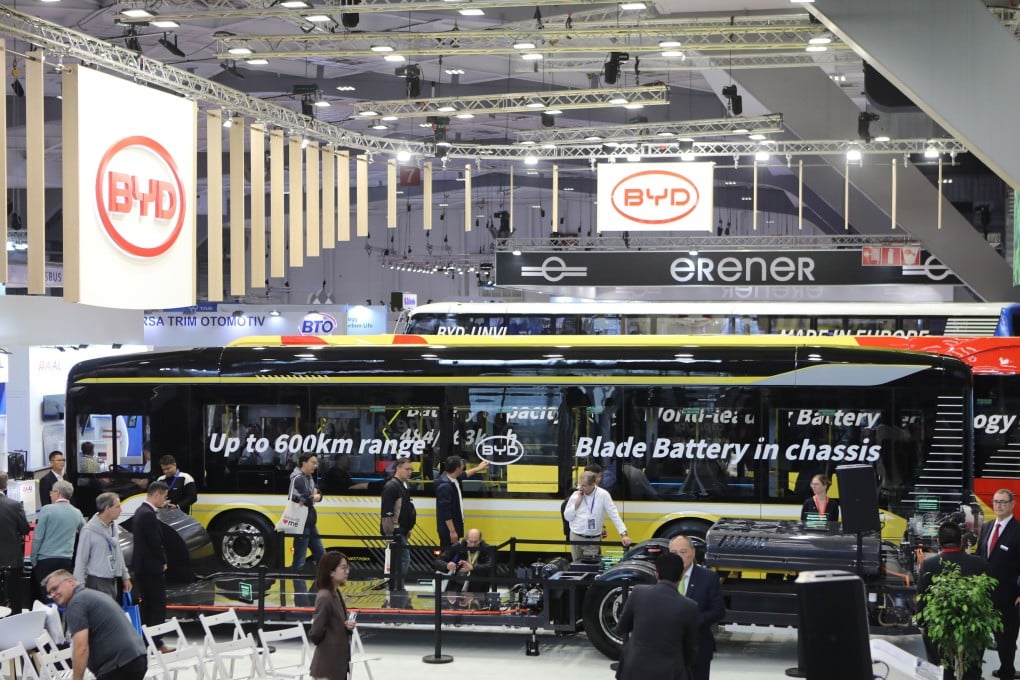China’s BYD steps up globalisation strategy with an electric-car plant in Uzbekistan targeting Central Asia
- The Warren Buffett-backed carmaker’s joint venture UzAuto will start producing cars in the southeastern Uzbek city of Jizzakh from next year
- BYD will produce the Chazor compact EV and the Song Plus DM-i plug-in hybrid compact SUV

The Shenzhen-based carmaker backed by Warren Buffett’s Berkshire Hathaway said that its joint venture with Uzavtosanoat JSC will produce cars starting next year.
“Production will commence in Jizzakh in 2024, starting with two bestselling BYD plug-in hybrid models, the BYD Chazor and the BYD Song Plus DM-i,” BYD said in a statement on Monday evening. “It marks an exciting new chapter of electric car innovation in Uzbekistan, a country where the government is actively promoting green and low-carbon transformation, recognising the advantages of new-energy vehicles to reduce emissions and become less dependent on traditional energy resources.”
The joint venture, which was formed in December 2022, will engage in the full production cycle, including welding, painting and assembling. The cars will also be sold in other Central Asian nations.

Jizzakh, which is nearly 190km to the southwest of the capital Tashkent, is the heart of Uzbekistan’s car industry. Uzbek President Shavkat Mirziyoyev said he plans to attract US$700 million in investments from Chinese and Korean companies among others, local media reported in July. A plant established in November 2020 produces Kia, Renault and Lada cars.
BYD did not reveal the size of its investment or the capacity of the plant. The Chazor is a compact EV and the Song Plus DM-i plug-in is a hybrid compact SUV.